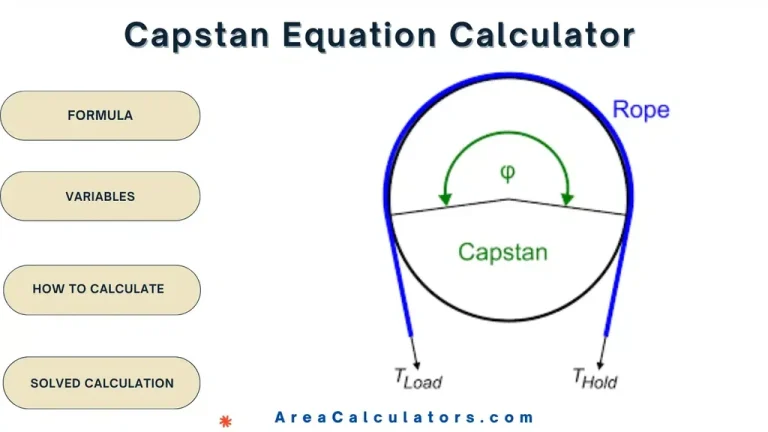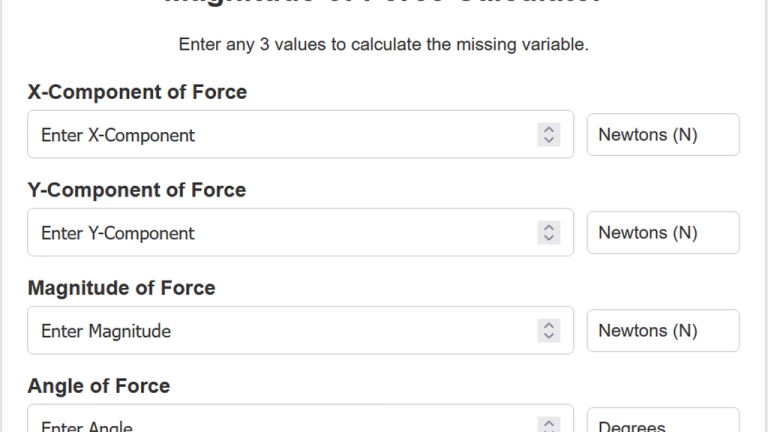Collection Effectiveness Index Calculator
To calculate the Collection Effectiveness Index (CEI), subtract the amount of bad debt (BE) from the total amount billed (B0). Then, divide that result by the difference between the total amount billed (B0) and the amount still outstanding (BS). Multiply the result by 100 to get the CEI as a percentage.
The Collection Effectiveness Index calculator is used to measure how efficiently a company collects the money it is owed. This tool supports businesses understand how effective their collection processes are and whether further improvements are needed.
A high CEI percentage means that the company is collecting a large portion of what it bills, while a lower percentage indicates room for improvement. Regularly calculating the CEI is essential for maintaining financial health.
Formula:
| Variable | Description |
|---|---|
| B0 | Total Amount Billed |
| BE | Amount of Bad Debt |
| BS | Amount Still Outstanding |
Solved Calculation:
Example 1:
| Step | Calculation |
|---|---|
| Determine values | B0 = $100,000, BE = $5,000, BS = $20,000 |
| Subtract BE from B0 | $100,000 – $5,000 = $95,000 |
| Subtract BS from B0 | $100,000 – $20,000 = $80,000 |
| Divide the two results | $95,000 / $80,000 = 1.1875 |
| Multiply by 100 | 1.1875 × 100 = 118.75% |
| Result | 118.75% |
Answer: The Collection Effectiveness Index is 118.75%.
Example 2:
| Step | Calculation |
|---|---|
| Determine values | B0 = $50,000, BE = $2,000, BS = $10,000 |
| Subtract BE from B0 | $50,000 – $2,000 = $48,000 |
| Subtract BS from B0 | $50,000 – $10,000 = $40,000 |
| Divide the two results | $48,000 / $40,000 = 1.2 |
| Multiply by 100 | 1.2 × 100 = 120% |
| Result | 120% |
Answer: The Collection Effectiveness Index is 120%.
What is a Collection Effectiveness Index Calculator?
The Collection Effectiveness Index (CEI) is a key measure that is used to evaluate how productively a company is collecting its accounts receivable within a specific period.
A higher CEI percentage indicates better collection performance, showing that the company is efficiently converting its credit sales into cash.
How to Calculate Collection Effectiveness Index (CEI)? To calculate the CEI, use the formula that compares the total amount collected during a specific period with the total receivables available for collection.
The result is expressed as a percentage. This value helps assess the collection efficiency of the company’s receivables department.
A good CEI percentage generally falls around 80-85%. A higher score suggests an effective collection process, while a lower score could indicate inefficiencies or delays in recovering outstanding receivables.
How to Calculate Collection Efficiency? Collection efficiency is determined by dividing the total collections by the total amount receivable and multiplying by 100 to get a percentage. It’s a direct measure of how much of the outstanding payments have been recovered.
Final Words:
In short, using a collection effectiveness index calculator helps you measure your collection efficiency. By aiming for a higher CEI percentage, companies can improve cash flow and manage receivables better.




